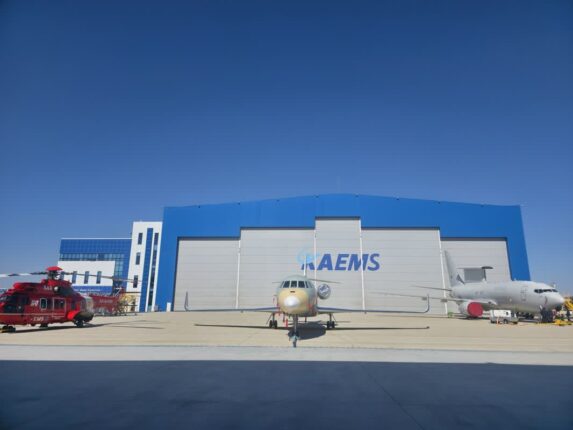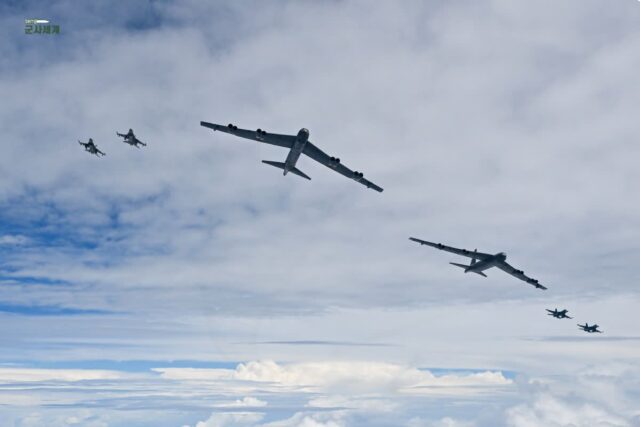
The South Korean and U.S. Air Forces strengthened their combined defense posture through a joint chemical, biological, radiological, and nuclear (CBRN) exercise at Gunsan Air Base.
Last Thursday, the South Korean Air Force’s 38th Fighter Group (38th Group) conducted a joint CBRN exercise with the U.S. 8th Fighter Wing (8th Wing).
The two units, colocated at Gunsan Air Base, planned the exercise to enhance mission sustainability in CBRN scenarios and improve cooperation procedures between South Korean and U.S. forces.
Gunsan Air Base is a major operating base (MOB) jointly responsible for base defense. During CBRN incidents, personnel from both nations must work closely together.
Before the main exercise, personnel from the two forces shared their operational manuals to verify mission procedures.
The main training simulated an enemy CBRN threat. The U.S. 8th Wing began by demonstrating disaster control measures based on the combined training manuals of both nations, while the 38th Group analyzed the procedures and reviewed response processes. Following this, the two units compared their operational procedures to identify areas for improvement in mission execution.
Jo Nam Hyeok, Captain of the CBRN Support Company of the 38th Fighter Group, stated, “This exercise has strengthened the CBRN response capabilities of the South Korea-U.S. alliance and established the cooperation necessary for joint operations.” He added, “Through continuous education and training, we will maximize base survivability and enhance the unit’s mission performance capabilities in response to enemy nuclear threats.”
















Comments0